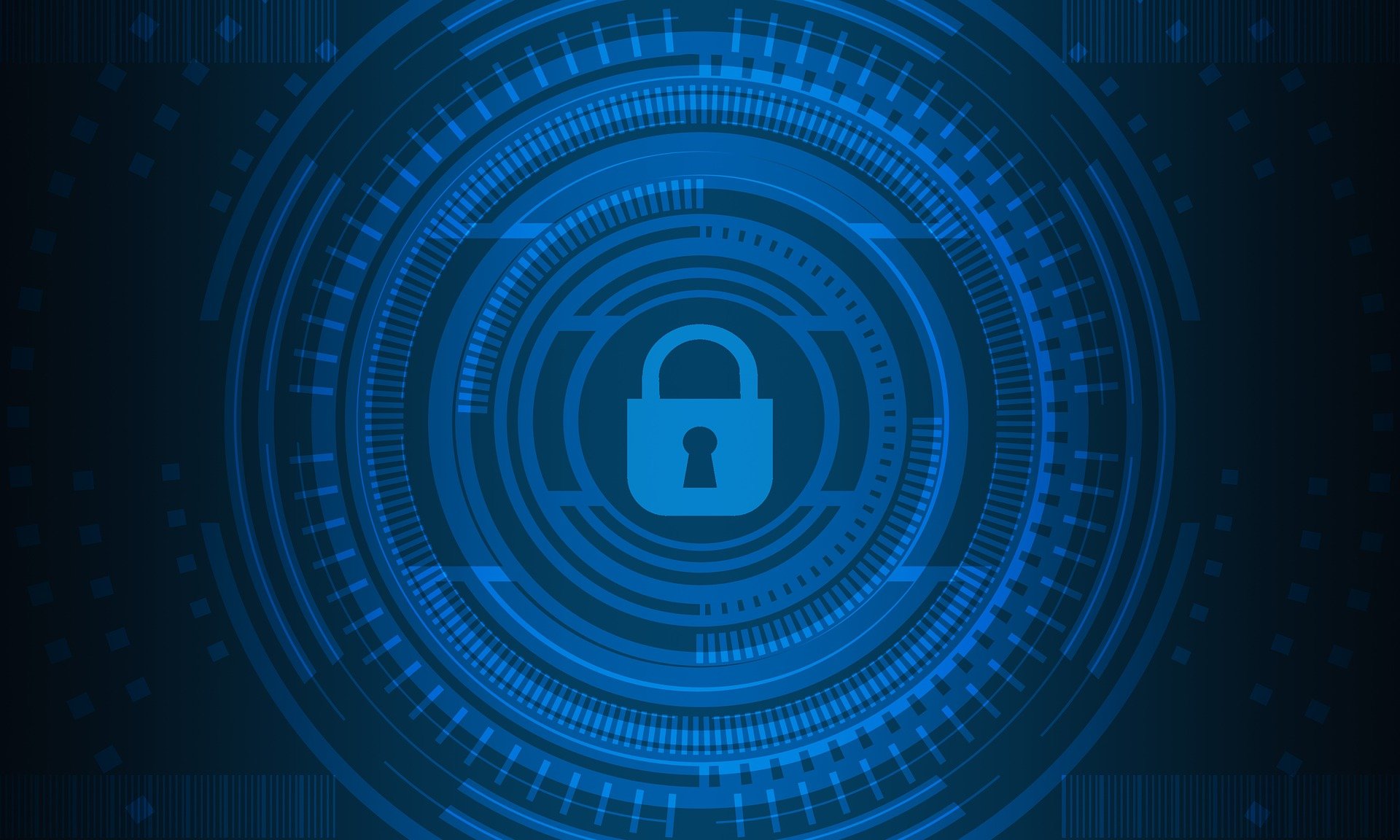A Complete Guide to Digital Contracts
26 Jun 2024
10 Jun 2022
min read

As electronic contracts become popular, a business must understand how to make them enforceable and binding. With effective contract management, electronic contracts can eliminate many costs associated with traditional pen-and-paper contracts and see countless other advantages.
I. What are Digital Contracts?
Digital contracts are electronic agreements created online to facilitate and outline business transactions between parties. A digital contract can be made via email with an electronic signature or in the form of a “click to agree”.
II. Are Digital Contracts Legally Valid and Enforceable?
For a contract to be legally valid and enforceable, there are four main elements to be satisfied.
1. Offer
An offer is created when businesses verbally or in writing let the other party know that they have an offer to be accepted by others.
2. Acceptance
Acceptance is created when a party agrees to the exact offer from the other party verbally, in writing, or by action.
3. Consideration
Consideration refers that there must be some form of monetary value that is agreed to be exchanged for something else of value between the parties. You must ensure that the consideration is written and accepted in the contract. It is recommended to be concise and uses simple English.
4. Intention to Create Legal Relations
There must be an intention to create legal relations between parties for there to be a contract. However, this is generally not a contended issue since agreements formed between commercial parties are likely treated as having the intention to create legal relations.
The same elements apply to contracts made digitally. Let’s take an employment situation as an example. When an employer sends an employment contract to the employee online, this would be an offer itself. Then, the employee’s acceptance of the offer can be signalled by signing the contract. At this point, the contract is likely to be valid and enforceable given that the employment contract would usually contain details of the consideration exchanged between parties, and the intention to form a contract can be proven by the commercial relationship between the parties.
Moreover, electronic signatures are not required to create a legally binding and enforceable digital contract, but it is highly recommended to include them to show intention to create legal relations. Including it reduces the risk of disputes over whether the contract has been formed.

III. Are Electronic Signatures Legally Valid?
Electronic signatures are legal and can create a binding contract in 60 countries. Countries that have legalised electronic signatures include the United States, the United Kingdom, Canada, Australia, New Zealand, and Singapore. A common exception in common law jurisdictions to the validity of electronic signatures would be deeds, which require more stringent signing formalities.
Electronic signatures come in several forms. It can be a scanned pen and ink signature or a typed name that a party attaches to a contract to indicate acceptance and intention to enter into the contract. Click-to-sign can also be a form of e-signature. Therefore, clicking the “agree to purchase” button in online purchase scenarios would be a form of an e-signature.
IV. What are the benefits of Digital Contracts?
Digital contracts save time, costs, and trees
The traditional physical contracts take longer to reach the other party to review, consider, and sign. Whereas digital contracts can be sent to the other party in an instance. Furthermore, contract digitalisation allows parties to manage contracts on a software platform, which reduces the need for paper, equipment, and office supplies used for paper-based contracts, effectively reducing costs.
Digital contracts are secure
Paper-based contracts can be easily tampered with during contract drafting and signing. But with digital contracts, can effectively trace the amendments to the contracts, restrict user access to signatures, and keep version histories of each document. This secures the contract’s content from being manipulated.
Furthermore, in traditional contracts, signatures can easily be forged. On the contrary, digital contract platforms have multiple layers of verifying the signer’s identity before they can sign the document. This makes forgery with electronic signatures difficult to achieve. On top of this, the signers’ signatures are also secured through Two-Factor Authentication, protecting users from digital identity theft. These platforms often incorporate advanced algorithms to spot fake IDs, enhancing the security of digital transactions by ensuring the authenticity of all participants' identities. Two-Factor Authentication adds an additional layer of security by requiring additional login credentials before one can gain access to digital private information. This makes unauthorised access to the signatures exponentially harder.
Once the contract has been signed, the documents can be sealed digitally using Public Key Infrastructure technology, which shows that the electronic signatures are valid and the documents have not been altered since the signing of the document.
Contract digitalisation allows the storage, sharing, and signing of contracts to be conducted conveniently
As digital contracts are made and stored on an online platform, it allows parties to access them easily, no matter where they are. On top of this, when contracts are kept on an online platform, parties do not have to risk losing the contracts. It also makes it easier to search for a contract. Whereas keeping a physical copy of a contract increases the chance of it getting damaged or lost and makes it harder for people to search for it.

V. Evolution of Digital Contracts
As technology advances, with the creation of Web 3.0 and blockchain, the word “digital contract'' now has new meanings to it. The following are some relevant updates to the digital contract:
Smart Contract
Smart contracts are stored on the blockchain and are automatically executed when preset terms and conditions are met. Contracts can be made between parties anonymously without any third-party involvement. Once the contract has been executed and deployed onto a blockchain, it cannot be altered by any party.
Non-Fungible Token (NFT)
NFTs are digital assets that can be both tangible and intangible, including drawings, music, videos, video game skins, etc. NFT utilises smart contracts, a blockchain technology, to record and facilitate transactions between sellers and buyers of NFTs. Anyone can be the creator, seller, and buyer of NFT, without the coding skills needed. NFTs are unique and cannot be copied, substituted, or subdivided. Therefore, each NFT can only be owned by a single owner.
It should be noted that a purchaser’s ownership over an NFT does not grant copyright or intellectual property rights to the purchaser. This means that the creator of an NFT still has the intellectual property right to make similar products or collections to the NFT sold. The purchaser has no right to make the NFT available to the public nor reproduce the NFT.
Every NFT agreement needs to be drafted correctly in order to protect against legal liability or to even limit liability in future potential lawsuits. We have made a few NFT agreement templates for you to use:
1. NFT Art Licence Agreement:
Under this agreement, the Minter agrees to obtain the licence to use the Art for the purposes of Creating and Selling a Digitised Token - NFT. The Artist agrees to grant a licence to the Minter to create an in the Art on the terms and conditions set out in this Agreement.
https://docpro.com/doc2284/nft-art-licence-agreement-digitialized-non-fungible-token
2. Commissioning Agreement for NFT Artwork:
This template is for the Commissioning Agreement for NFT Artwork. Under this agreement, a Client hires an artist to create NFT artwork for an Agreed Price. The Parties under this agreement agree that the Services, as prescribed, shall be carried out by and subject to this Agreement hereto.
https://docpro.com/doc2359/commissioning-agreement-for-nft-artwork-digitialized-non-fungible-token
VI. Conclusion
It is recommended that small-to-medium enterprises should start to use digital contracts instead of traditional contracts. Going paperless is environmentally friendly and cost-efficient. It can also reach different parties quickly. On top of this, the current technology provides that digital contracts can be well secured and signature forgery is prevented. The storage, sharing, and signing of contracts can also be conducted conveniently.
Please note that this is a general summary of the position under common law and does not constitute legal advice. As the laws of each jurisdiction may differ, you may wish to consult your lawyer.
Keywords:

